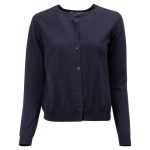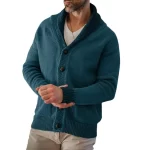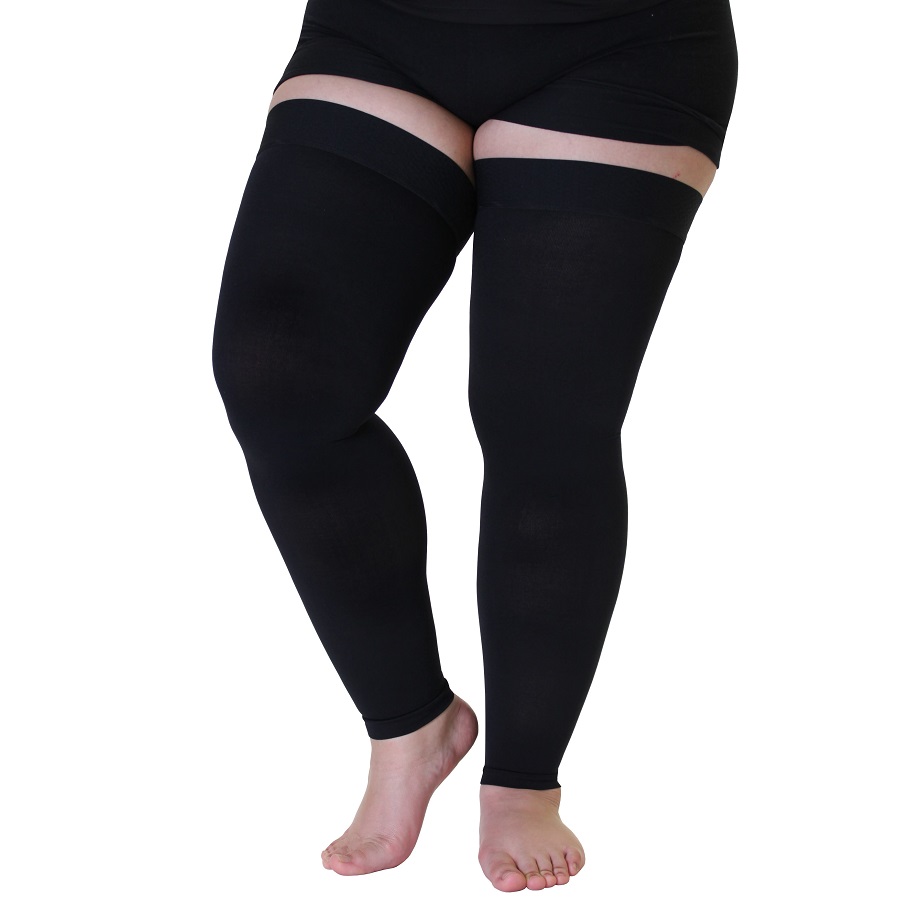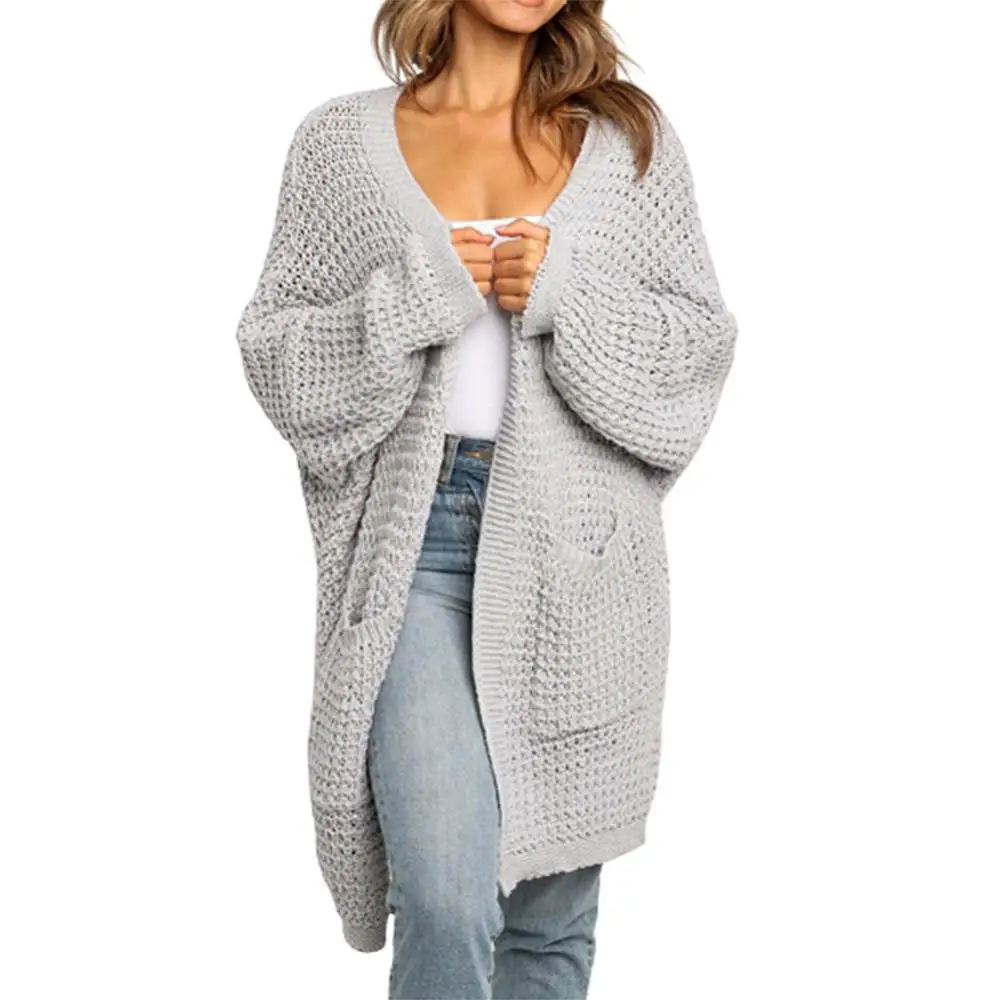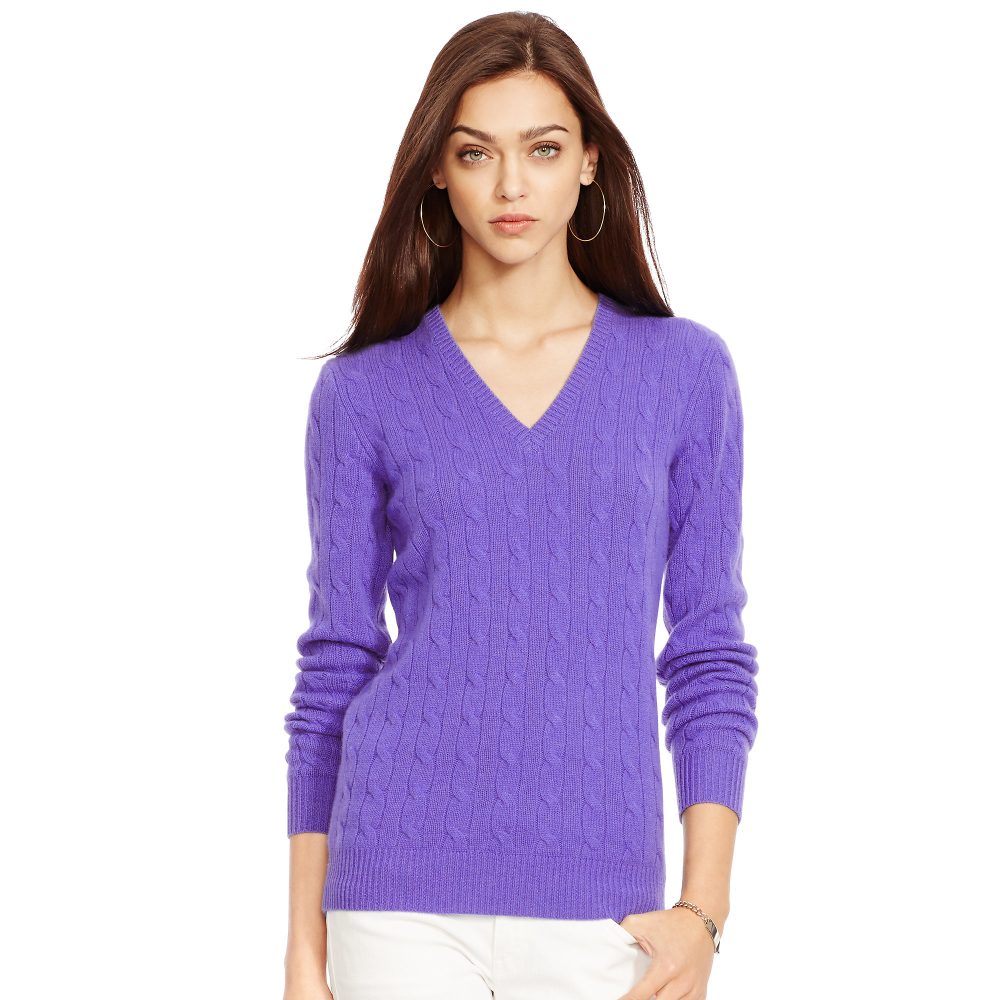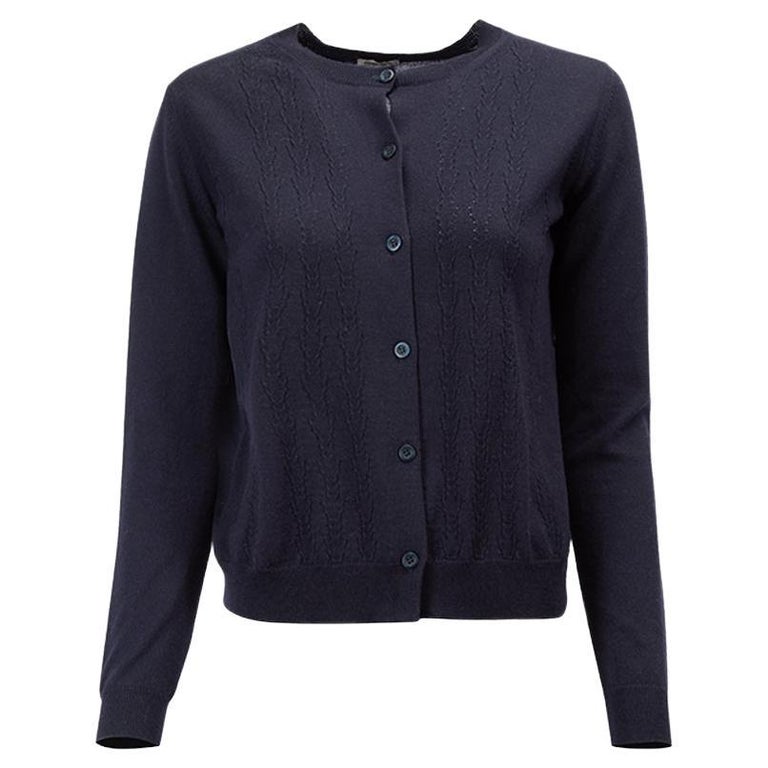What Are Support Socks?
Support socks for women are specialized hosiery designed to promote blood circulation and provide additional support to the legs. These socks use graduated compression to help maintain blood flow and reduce discomfort and swelling, particularly for those who stand or sit for long periods.
Benefits of Wearing Support Socks
Wearing support socks for women has many advantages. They can help prevent the development of varicose veins and spider veins, which are common concerns. Regular use of these socks may also reduce leg fatigue, making them ideal for women with active jobs or lifestyles. They can help in faster recovery post-exercise by minimizing muscle soreness. Moreover, they assist pregnant women by easing swelling and reducing the risk of circulatory issues. With their proactive health benefits, support socks are a wise investment for maintaining leg health and comfort.

Different Types of Support Socks for Women
Support socks for women come in various types to suit different needs. Knowing the differences is key to selecting the right pair for comfort and health.
Graduated Compression Socks
Graduated compression socks apply pressure at the ankle that gradually lessens up the leg. This design aids in pushing blood back up toward the heart, reducing swelling and fatigue. They’re a top pick for women on their feet all day.
Anti-Embolism Socks
Anti-embolism socks are similar to graduated compression socks but have a specific purpose. They are for patients with limited mobility, often used in hospitals to prevent blood clots in the legs.
Non-Medical Support Hosiery
Non-medical support hosiery offers milder compression. They’re for everyday wear to ease tired legs and mild swelling. They don’t have the medical-grade compression of the other types but can still provide comfort.
How to Choose the Correct Size and Fit
Selecting the right size and fit is crucial when buying support socks for women. A proper fit ensures maximum benefits without compromising comfort. Improperly sized socks can lead to discomfort or even reduce the effectiveness of the compression.
Measuring Your Legs for Support Socks
To measure your legs for support socks, follow these steps:
- Measure your calf at its widest point.
- Measure your ankle circumference above the ankle bone.
- Determine the length from the floor to the bend in your knee.
Use these measurements against the sizing chart of the brand you’re choosing. It’s best to measure in the morning as your legs are less swollen from the day’s activities.
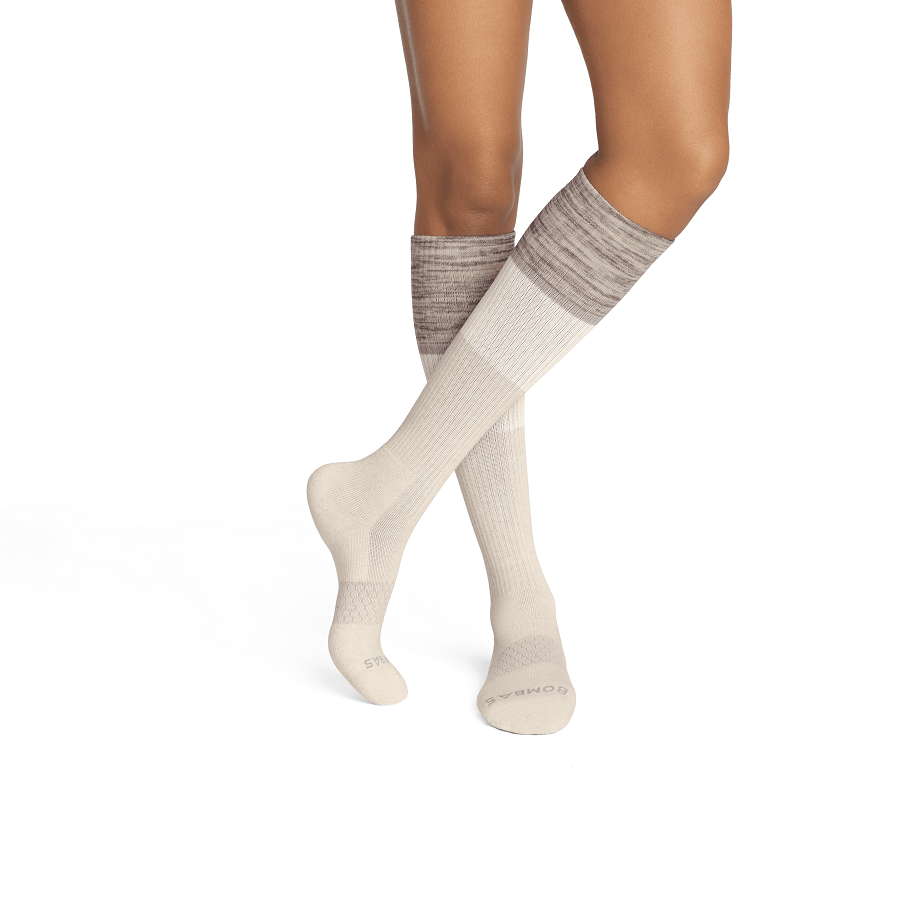
Understanding Compression Levels
Support socks for women come with different compression levels, measured in millimeters of mercury (mmHg). Here are common levels:
- Light compression (8-15 mmHg): Good for mild swelling and fatigue.
- Moderate compression (15-20 mmHg): Helps with varicose veins and during pregnancy.
- Firm compression (20-30 mmHg): Aids in post-surgical recovery and severe varicose veins.
- Extra firm compression (30-40 mmHg): For chronic venous disorders and edema.
Always consult with a healthcare professional before choosing a higher compression level to ensure it’s appropriate for your needs. By understanding these key factors, you can select the perfect pair of support socks to maintain leg health and improve comfort during your daily routine.
When to Wear Support Socks
Wearing support socks can benefit various daily activities and specific health conditions. To gain the most from support socks for women, it’s crucial to know when to wear them.
Situations That Call for Support Socks
Many circumstances warrant the use of support socks. Consider donning a pair if you:
- Stand for long hours at work. Support socks ease the strain on your legs.
- Travel often, especially on long flights, to prevent deep vein thrombosis.
- Are pregnant, as they help control swelling and boost circulation.
- Have been prescribed them post-surgery to aid in recovery.
- Experience leg fatigue or have a higher risk of varicose veins.
These scenarios highlight the diverse uses of support socks and how they contribute to leg health.
How Long Should You Wear Them?
The duration of wearing support socks depends on the need. Follow these general guidelines:
- During long periods of standing or sitting, wear them throughout.
- Put them on before flights and keep them on until you’ve reached your destination.
- When advised by a doctor post-surgery, wear them as per the specified time.
- For sports, wear them during the activity and take them off after cooling down.
Keep in mind that the period of wear should not cause discomfort. If you feel pain or excessive constriction, it may suggest a need for a different size or compression level. Always check with a healthcare provider if you’re unsure about the optimal wearing time for your situation.
Key Features to Look for in Women’s Support Socks
When shopping for support socks for women, the features can make a big difference. Look for material, length, style, and technologies that fit your needs.
Material and Fabric
The right material can affect comfort and function. Key features include:
- Breathability: Look for moisture-wicking fabrics that keep your feet dry.
- Softness: Soft fabrics reduce the risk of skin irritation.
- Elasticity: Materials should stretch for a snug fit but not too tight.
- Durability: Quality fabrics last longer, offering better value for money.
Length and Style Options
Support socks come in various lengths and styles:
- Knee-high: The most common length, ideal for varicose veins and travel.
- Thigh-high and pantyhose: Good for full-leg support, often used during pregnancy.
- Low-cut and crew: Best for casual wear and mild support needs.
Choose a style that matches your lifestyle and provides the needed support.
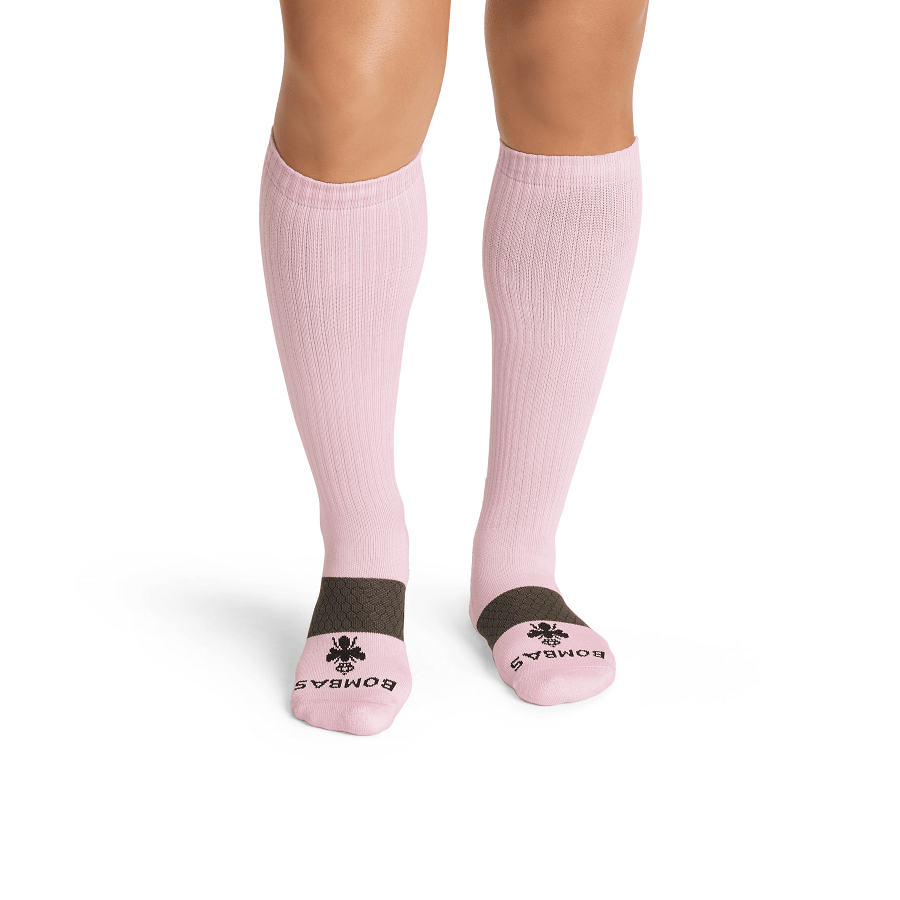
Added Technologies
Some support socks for women boast extra benefits:
- Antibacterial: Helps prevent odors and maintains foot hygiene.
- Temperature regulation: Keeps feet at a comfortable temperature.
- Graduated compression: Ensures optimal pressure distribution.
- Padding: Extra cushioning can reduce foot fatigue during long activities.
Look for these technologies to enhance your wearing experience and health benefits.
The Role of Support Socks in Sports and Fitness
Support socks for women are not just for daily wear. They are also crucial in sports and fitness. Athletes find them helpful for improving performance and recovery.
Benefits for Athletes
Athletes often choose support socks to enjoy several benefits:
- Enhanced blood flow: These socks improve circulation, which is vital during intense workouts.
- Reduced muscle fatigue: Wearing compression socks can lessen the feeling of tired legs.
- Improved recovery: They help muscles recover faster after exercise, reducing soreness.
- Lower risk of injury: Proper support can decrease the chances of strains and sprains.
Choosing Socks for Specific Activities
Selecting the right support socks for specific sports is important. Here’s how to match them with activities:
- Running: Look for lightweight, breathable socks to avoid overheating.
- Hiking: Choose padded socks for extra comfort during long treks.
- Cycling: Opt for thinner socks that fit well with bike shoes.
- Gym workouts: Ensure the socks have good elasticity for a range of movements.
By picking the correct support socks, women can improve their athletic performance and enjoy their sports activities more comfortably.
Caring for Your Support Socks
Proper care for your support socks is essential. It ensures they keep their compressive properties and last longer.
Washing Tips
To maintain the quality of your support socks for women, follow these simple washing tips:
- Turn them inside out before washing to protect the fibers.
- Use gentle detergent and avoid bleach that can degrade the material.
- Wash in cool water on a delicate cycle or by hand.
- Air dry the socks, as high heat can break down the elastic.
- Do not iron or dry clean, as this could damage the compression fabric.
By cleaning them correctly, you keep your support socks in the best condition. You ensure they keep supporting your legs as expected.
Replacement and Durability Considerations
Even with proper care, support socks for women don’t last forever. They need replacing eventually. Here’s what to know about their lifespan:
- Check the fit regularly. Over time, socks may stretch and lose compression.
- Look for signs of wear. If you see thinning or holes, it’s time for a new pair.
- Follow manufacturer guidelines for when to replace the socks—usually every 3-6 months.
Remember, investing in high-quality support socks, and caring for them well, can extend their life. It allows you to get the most out of your purchase for your health and comfort.



